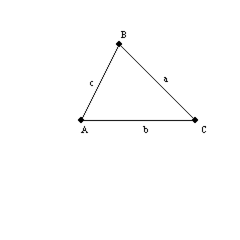In the acute triangle shown, m




What will be an ideal response?
 where
where  ; Law of Sines
; Law of SinesYou might also like to view...
Find the first five partial sums of the given series and determine whether the series is convergent or divergent. If it is convergent, then find its sum. +
+  +
+  +
+  +
+  + ...
+ ...
A. 0.3333, 0.125, 0.06667, 0.041667, 0.02857; convergent; 0 B. 0.3333, 0.4583, 0.5250, 0.5667, 0.6667; divergent C. 0.3333, 0.4583, 0.5250, 0.5667, 0.5952; convergent; 0.6 D. 0.3333, 0.4583, 0.5250, 0.5667, 0.5952; convergent; 0.75
A polynomial P(x) and a divisor d(x) are given. Use long division to find the quotient Q(x) and the remainder R(x) when P(x) is divided by d(x), and express P(x) in the form d(x)? Q(x) + R(x).P(x) = 2x3 + x2 - 3x + 2d(x) = x + 3
A. (x + 3)(2x2 - 5x + 12) - 34 B. (x + 3)(2x2 + 7x + 6) + 8 C. (x + 3)(2x2 - 5x + 12) + 34 D. (x + 3)(2x2 - 5x - 12) - 34
Graph the function by starting with a function from the library of functions and then using the techniques of shifting, compressing, stretching, and/or reflecting.g(x) = (x - 2)2 - 3
A. 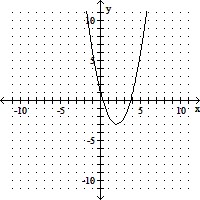
B. 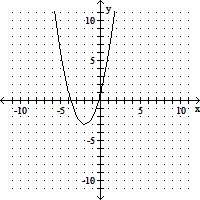
C. 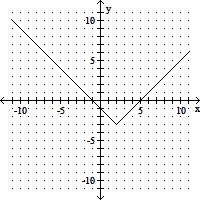
D. 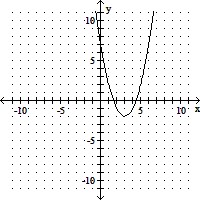
Graph the rational function. Show clearly all x- and y-intercepts and asymptotes.  figure 1.png)
What will be an ideal response?
